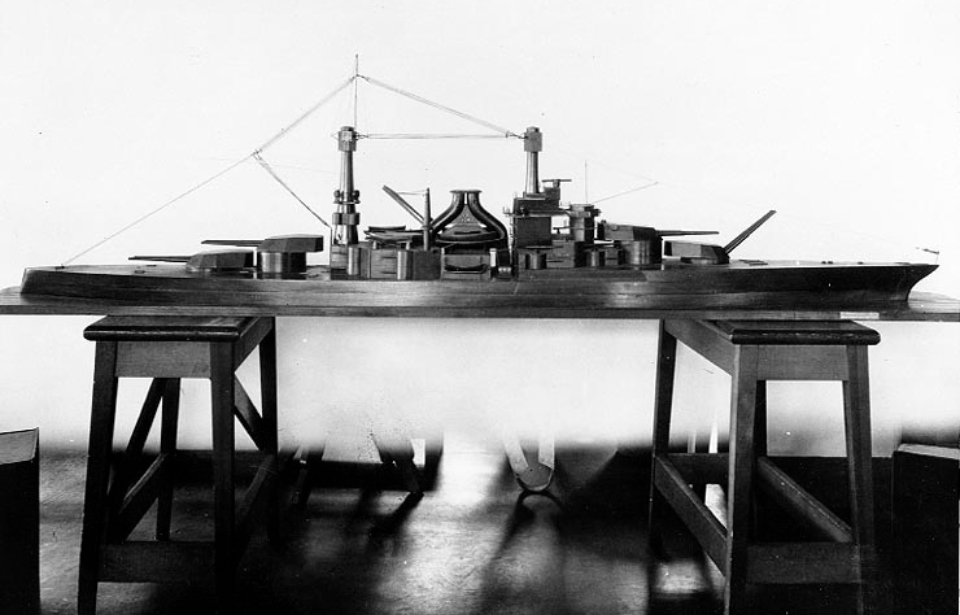The Second World War produced many legendary battleships – Bismarck, HMS Hood (51), Yamato, Roma (1940) and USS Iowa (BB-61). That being said, the conflict would be the last where such vessels would play a decisive role, and a number of battleships were canceled throughout the war.
During World War I, battleships displayed their effectiveness in battles such as Dogger Bank and Jutland. The importance and power of these capital vessels led nations to look into building new and improved ones for their navies, with the United States enacting the Naval Act of 1916.
Also known as the Big Navy Act, it was passed in an effort to increase the size of the US Navy. It included the construction of 10 battleships, six battlecruisers, 10 scout cruisers, 50 destroyers and 67 submarines. Work was slated to begin in 1919 and finish four years later. The Navy, however, wouldn’t end up building the fleet.
This is the history of the service’s canceled World War II-era battleships.
Washington Naval Treaty
The Washington Naval Treaty was an agreement made to prevent excessive naval construction, which could turn into an arms race. Negotiated at the Washington Naval Conference between November 1921 and February 1922, it was signed by the United Kingdom, US, France, Italy and Japan.
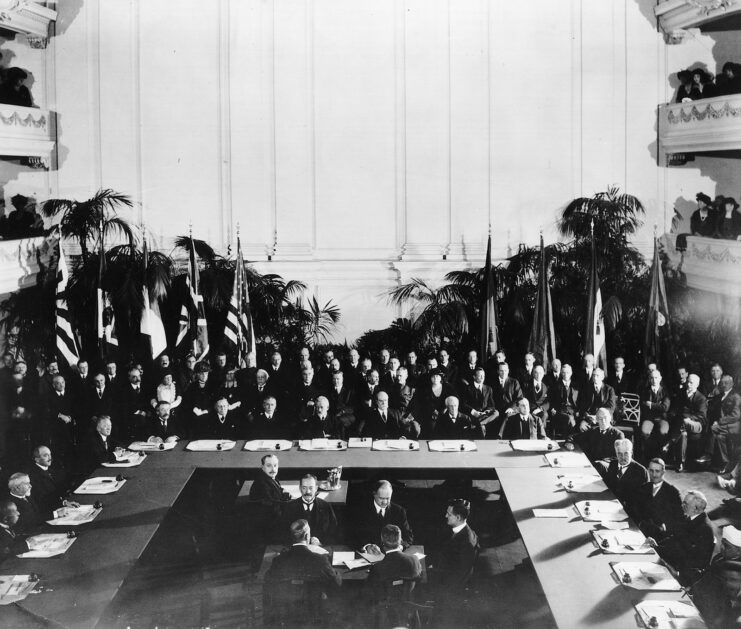
The treaty specified the tonnage each nation could build up to, specifically for battleships and aircraft carriers. America’s total tonnage for the former was 525,000. As part of the agreement, no single battleship could exceed 35,000 tons, nor could they carry guns with a caliber over 16 inches.
Both ships yet to be constructed and those currently being built had to meet these standards. This saw vessels from all five nations scrapped or converted following the treaty’s adoption.
Lexington-class battlecruisers
The Lexington-class was included in the Naval Act of 1916 and was to be the only battlecruiser ordered by the US Navy. Six were planned, with construction commencing in 1921. In accordance with the treaty, the final four, still in the early stages, were canceled, with the first two being converted into the aircraft carriers USS Lexington (CV-2) and Saratoga (CV-3).
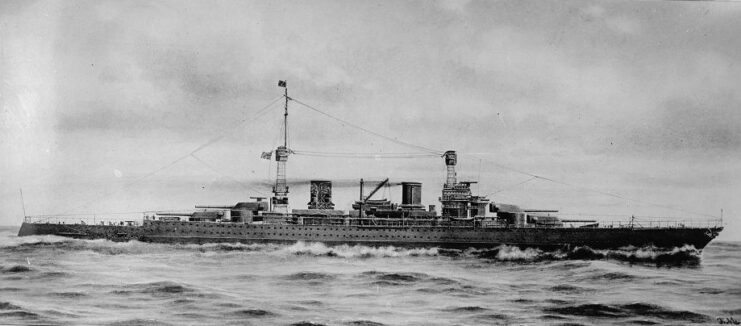
The Lexington-class battlecruisers were initially designed to have ten 14-inch and eighteen 5-inch guns, and reach a top speed of 40 MPH. This was soon changed to eight 16-inch and sixteen 6-inch guns, and a top speed of 38.26 MPH. These changes were to give the vessels improved firepower while providing additional armor, which was the reason for the slower speed.
Other armaments were to be eight 3-inch Mk 11 anti-aircraft guns and eight 21-inch torpedo tubes. The Lexington-class would also be powered by a turbo-electric propulsion system, first adopted by the USS New Mexico (BB-40).
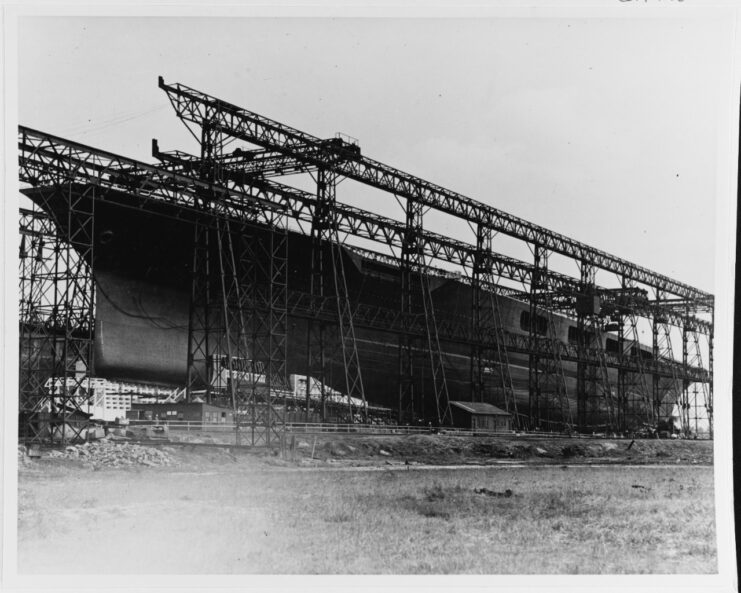
Despite their almost-uncertain futures, Lexington and Saratoga both went on to serve during the Second World War. The former was sunk during the Battle of the Coral Sea. The latter survived, despite being torpedoed twice, and was used as a target during Operation Crossroads.
South Dakota-class battleships
The South Dakota-class battleships were designed to compete with their British and Japanese counterparts, which boasted speeds of up to 26.47 MPH. Authorized in 1917, the class was intended to feature six vessels.
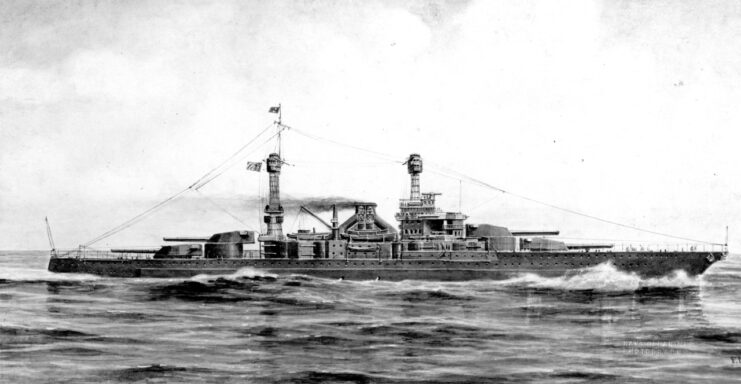
Construction was initially postponed to incorporate improvements following the Battle of Jutland. It was further delayed as destroyers and other ships were seen as more of a priority in combatting German U-boats in the North Atlantic.
The South Dakota-class was to be armed with twelve 16-inch guns in four triple-gun turrets, sixteen 6-inch guns, four .50-caliber anti-aircraft guns and two 21-inch torpedo tubes. Propulsion, like the Lexington-class, would be via a turbo-electric system.
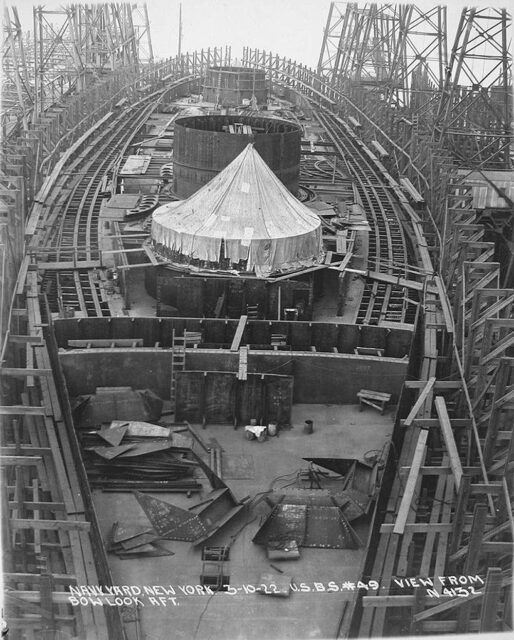
Construction finally started in 1920, but, two years later, with the signing of the Washington Naval Treaty, was brought to a standstill. In 1923, the unfinished ships were scrapped, and their boilers and armor used to improve older vessels. Their guns were given to the US Army.
Montana-class battleships
The intended successor to the Iowa-class, the Montana-class was to be larger, better protected and more powerful than any battleship the US Navy had ever operated. The five-ship class was initially designed before the start of the Second World War. Construction was intended to begin during the conflict, but was canceled.
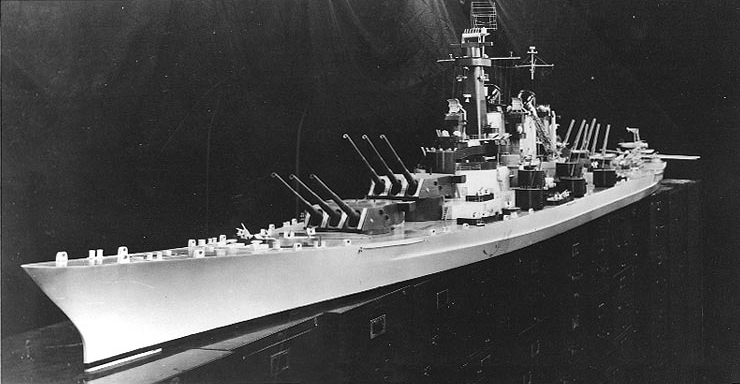
Montana-class battleships would have had twelve 16-inch Mk 7 guns as their main armament, housed in four three-gun turrets – two forward-facing and two rearward-facing. This would allow them to surpass the Imperial Japanese Navy’s (IJN) Yamato as the battleship with the most powerful broadside.
The class would have also carried twenty 5-inch guns in 10 turrets, as well as Bofors 40 mm and Oerlikon 20 mm anti-aircraft guns. The battleships were to be powered by eight boilers and four steam turbines.
The Montana-class would be armored more than any other American battleship of the era. Despite the increase in size, this addition would have protected against vessels with similar-caliber guns, making them the only US ships with this ability.
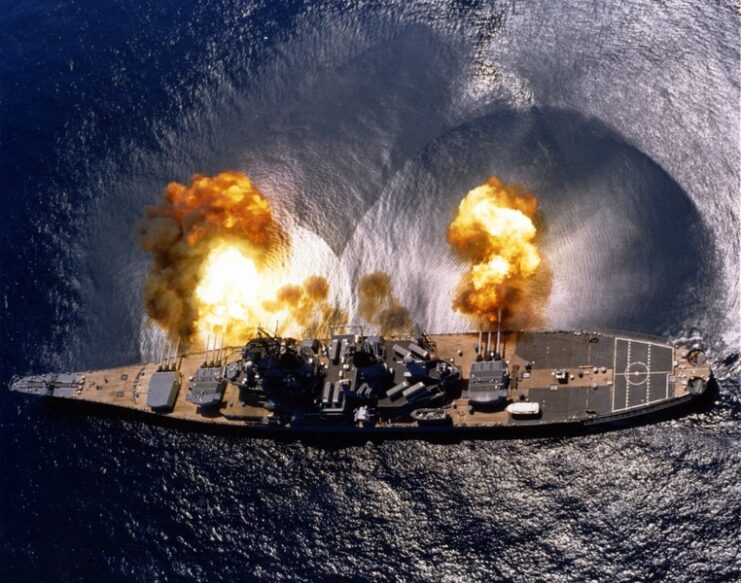
More from us: The 50-Year Battle to Clear Charles McVay III In the Sinking of the USS Indianapolis (CA-35)
In May 1942, construction was ordered to begin on the Montana-class. Before anything started, however, the vessels were postponed, in favor of building more Essex-class aircraft carriers and Iowa-class battleships.
In July 1943, the Montana-class was officially canceled. The cancellation of these capital ships signaled the slow decline of the battleship. World War II was to be the final conflict where they played a definitive role. After the Battles of the Coral Sea and Midway, which displayed the importance of airpower and aircraft carriers, the final rivets were put in the battleship’s coffin.
